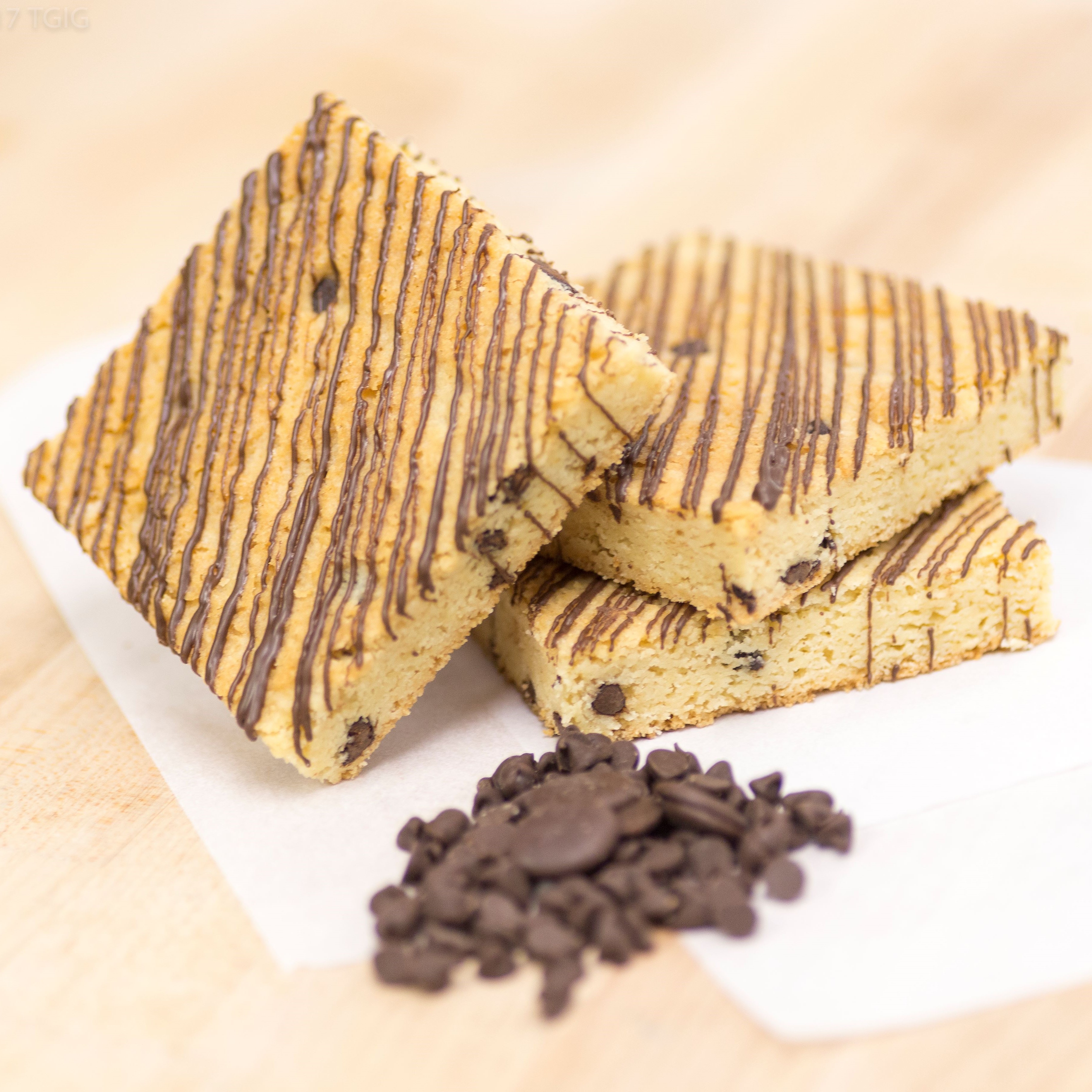EFFECTIVENESS OF GLUTEUS MAXIMUS FASCIA PLASTY FLAP FOR CLOSURE OF WOUND IN SURGICAL TREATMENT OF PILONIDAL DISEASE
Performance cookies are used to analyze the user experience to improve our website by collecting and reporting information on how you use it. They allow us to know which pages are the most and least popular, see how visitors move around the site, optimize our website and make it easier to navigate. Halo Homebuyers, Bridgewater, New Jersey. Real Estate Investment Services.
- Authors: Kitsenko Y.E.1, Shlyk D.D1, Tulina I.A1, Markaryan D.R1, Tsarkov P.V1
- Affiliations:
- I.M. Sechenov First Moscow State Medical University (Sechenov University)
- Issue: Vol 24, No 5 (2018)
- Pages: 233-236
- Section: Articles
- URL:https://journals.eco-vector.com/0869-2106/article/view/38455
- DOI:https://doi.org/10.18821/0869-2106-2018-24-5-233-236

- Mt7615-5.0: add MT76227615SoftAP5.0.4.0bb5ba320190503 src Loading branch information; hanwckf committed Sep 23, 2020. We use optional third-party analytics cookies to understand how you use GitHub.com so we can build better products.
- Halo Homebuyers, Bridgewater, New Jersey. Real Estate Investment Services.
Keywords
Yury E. Kitsenko
I.M. Sechenov First Moscow State Medical University (Sechenov University) Email: kitsenko@kkmx.ru
119991, Moscow, Russian Federation
assistant professor, Department of surgery, faculty of preventive medicine “I.M. Sechenov First Moscow State Medical University (Sechenov University)”, 119991, Moscow, Russian Federation
D. D Shlyk
I.M. Sechenov First Moscow State Medical University (Sechenov University) 119991, Moscow, Russian Federation
I. A Tulina
 I.M. Sechenov First Moscow State Medical University (Sechenov University)
I.M. Sechenov First Moscow State Medical University (Sechenov University) 119991, Moscow, Russian Federation
Cookie 5.0.4 Mini
D. R Markaryan
I.M. Sechenov First Moscow State Medical University (Sechenov University) 119991, Moscow, Russian Federation
P. V Tsarkov
Cookie 5.0.4 Game
I.M. Sechenov First Moscow State Medical University (Sechenov University)
119991, Moscow, Russian Federation
- Sondenaa K., Andersen E., Nesvik I., Soreide J.A. Patient characteristics and symptoms in chronic pilonidal sinus disease. International journal of colorectal disease. 1995; 10(1): 39-42.
- Chintapatla S., Safarani N., Kumar S., Haboubi N. Sacrococcygeal pilonidal sinus: historical review, pathological insight and surgical options. Techniques in coloproctology. 2003; 7(1): 3-8.
- Clothier P.R., Haywood I.R. The natural history of the post anal (pilonidal) sinus. Annals of the Royal College of Surgeons of England. 1984; 66(3): 201-3.
- Дульцев Ю.В., Ривкин В.Л. Эпителиальный копчиковый ход. М.: Медицина; 1988
- Iesalnieks I., Furst A., Rentsch M., Jauch K.W. [Primary midline closure after excision of a pilonidal sinus is associated with a high recurrence rate]. Der Chirurg; Zeitschrift fur alle Gebiete der operativen Medizen. 2003;74(5):461-8. In German.
- Hosseini S.V., Rezazadehkermani М., Roshanravan М., Muzhir Gabash К., Aghaie-Afshar М. Pilonidal Disease: Review of Recent Literature. Ann Colorectal Res. 2014; 2.
- Iesalnieks I., Ommer A., Petersen S., Doll D., Herold A. German national guideline on the management of pilonidal disease. Langenbeck’s archives of surgery. 2016; 401(5): 599-609.
- Karydakis G.E. Easy and successful treatment of pilonidal sinus after explanation of its causative process. The Australian and New Zealand journal of surgery. 1992; 62(5): 385-9.
- Enriquez-Navascues J.M., Emparanza J.I., Alkorta M., Placer C. Meta-analysis of randomized controlled trials comparing different techniques with primary closure for chronic pilonidal sinus. Techniques in coloproctology. 2014; 18(10): 863-72.
- Arslan S., Karadeniz E., Ozturk G., Aydinli B., Bayraktutan M.C., Atamanalp S.S. Modified Primary Closure Method for the Treatment of Pilonidal Sinus. The Eurasian journal of medicine. 2016; 48(2): 84-9.
- Царьков П.В., Кравченко А.Ю., Тулина И.А., Лукьянова Е.С. Способ ушивания раны крестцово-копчиковой области. Патент 2604768. 2016
- Dindo D., Demartines N., Clavien P.A. Classification of surgical complications: a new proposal with evaluation in a cohort of 6336 patients and results of a survey. Annals of surgery. 2004; 240(2): 205-13.
- McCallum I.J., King P.M., Bruce J. Healing by primary closure versus open healing after surgery for pilonidal sinus: systematic review and meta-analysis. BMJ. 2008; 336(7649): 868-71.
- Tavassoli A., Noorshafiee S., Nazarzadeh R. Comparison of excision with primary repair versus Limberg flap. International journal of surgery. 2011; 9(4): 343-6.
- Nursal T.Z., Ezer A., Caliskan K., Torer N., Belli S., Moray G. Prospective randomized controlled trial comparing V-Y advancement flap with primary suture methods in pilonidal disease. American journal of surgery. 2010; 199(2): 170-7.
- Elshazly W.G., Said K. Clinical trial comparing excision and primary closure with modified Limberg flap in the treatment of uncomplicated sacrococcygeal pilonidal disease. Alexandria Journal of Medicine. 2012; 48(1): 13-8.

Cited-By
Article Metrics
Cookie 5.0.4 Minecraft
Refbacks
Cookie 5.0.4 Box
- There are currently no refbacks.
